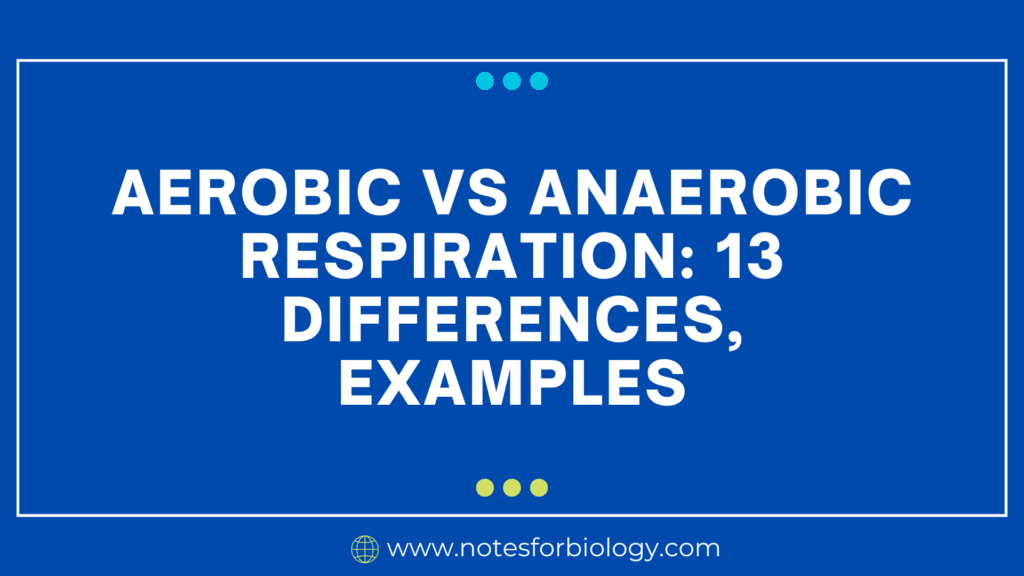Absorption Vs Adsorption
Absorption vs Adsorption: Definitions and Examples The process of absorbing something involves allowing it to diffuse or osmotically permeate tissues or onto a surface like a cell. The fluid (absorbate) permeates the entire absorbent material in this bulk phenomenon. Endothermic absorption needs energy to take in the particles. Adsorption is the process by which molecules, […]










